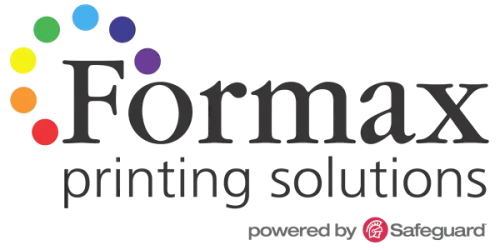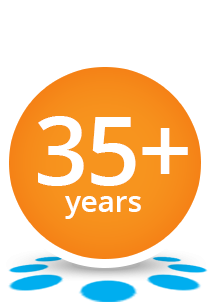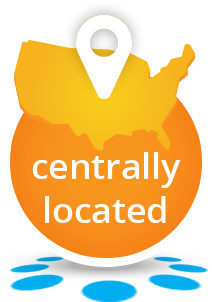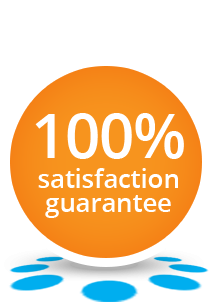When deciding between printing a hardcover or paperback book, the choice often comes down to durability, presentation, and cost. Each option offers unique benefits depending on your needs, but understanding the key differences—especially from a cost perspective—can help you make an informed decision. At Formax Printing, we specialize in both hardcover and paperback printing, and in this blog, we'll explore how these two formats differ and why hardcover books generally cost more.
Materials Used in Hardcover Books vs. Paperback Books
Hardcover Books:
The production of hardcover books begins with a printed cover on 100 pt. gloss text paper. This high-quality paper ensures a vibrant and durable cover. The cover is then laminated with either silk laminate for a smooth finish or hi-gloss laminate for a bold, shiny appearance. The cover is adhered to a heavy-duty cover board—specifically, a 0.088 pt warp-resistant board—which gives the hardcover book its rigid structure. This cover board is made from high-quality, blemish-free, recycled materials and is manufactured in the USA for added durability and environmental responsibility.

Paperback Books:
In contrast, paperback books are typically printed with a lighter, flexible cover made of thin paper stock. This cover paper is often coated to provide some level of protection, but it lacks the thick, sturdy backing found in hardcover books. This difference in materials alone plays a significant role in the cost disparity between hardcovers and paperbacks. While paperback covers may be more affordable to produce, they offer far less durability.
Labor-Intensive Production
Hardcover Books:
The process of producing a hardcover book is significantly more labor-intensive than producing a paperback. After laminating and printing the cover, it is glued to the rigid cover board. End sheets are then glued to the inside front and back covers, adding a layer of refinement and helping secure the book's structure. For books thicker than half an inch, cloth headbands are added to the spine, further reinforcing the book's durability.
Paperback Books:
The production of paperback books is far simpler. After printing the cover, it is directly glued or sewn to the book's pages, with fewer steps and materials required. The production timeline for paperbacks is shorter, which also contributes to the lower cost compared to hardcover books.
Durability and Longevity
Hardcover Books:
The reinforced cover and spine of a hardcover book make it highly durable, designed to withstand frequent handling and last for years. This makes hardcovers a preferred option for books meant to be used or displayed for long periods, such as textbooks, coffee table books, and collector's editions.
Paperback Books:
On the other hand, paperback books are lighter and less durable. While they are perfect for casual reading, they tend to wear out more quickly, especially if handled often. The thinner cover and lack of reinforcement in the spine make paperbacks less suited for long-term use.
Aesthetic and Presentation Value
Hardcover Books:
Hardcover books offer a premium, professional appearance, making them the preferred choice for high-end projects like professional portfolios, collector's editions, or special publications. The option to add dust jackets—printed on 100# gloss text paper and laminated for added protection—further enhances the visual appeal of hardcover books.
Paperback Books:
While paperback books are more basic in design, they serve as a practical, cost-effective option for mass-market distribution or casual reading. Their flexibility and lower production costs make them an accessible choice for readers, but they lack the elevated aesthetic of a hardcover.
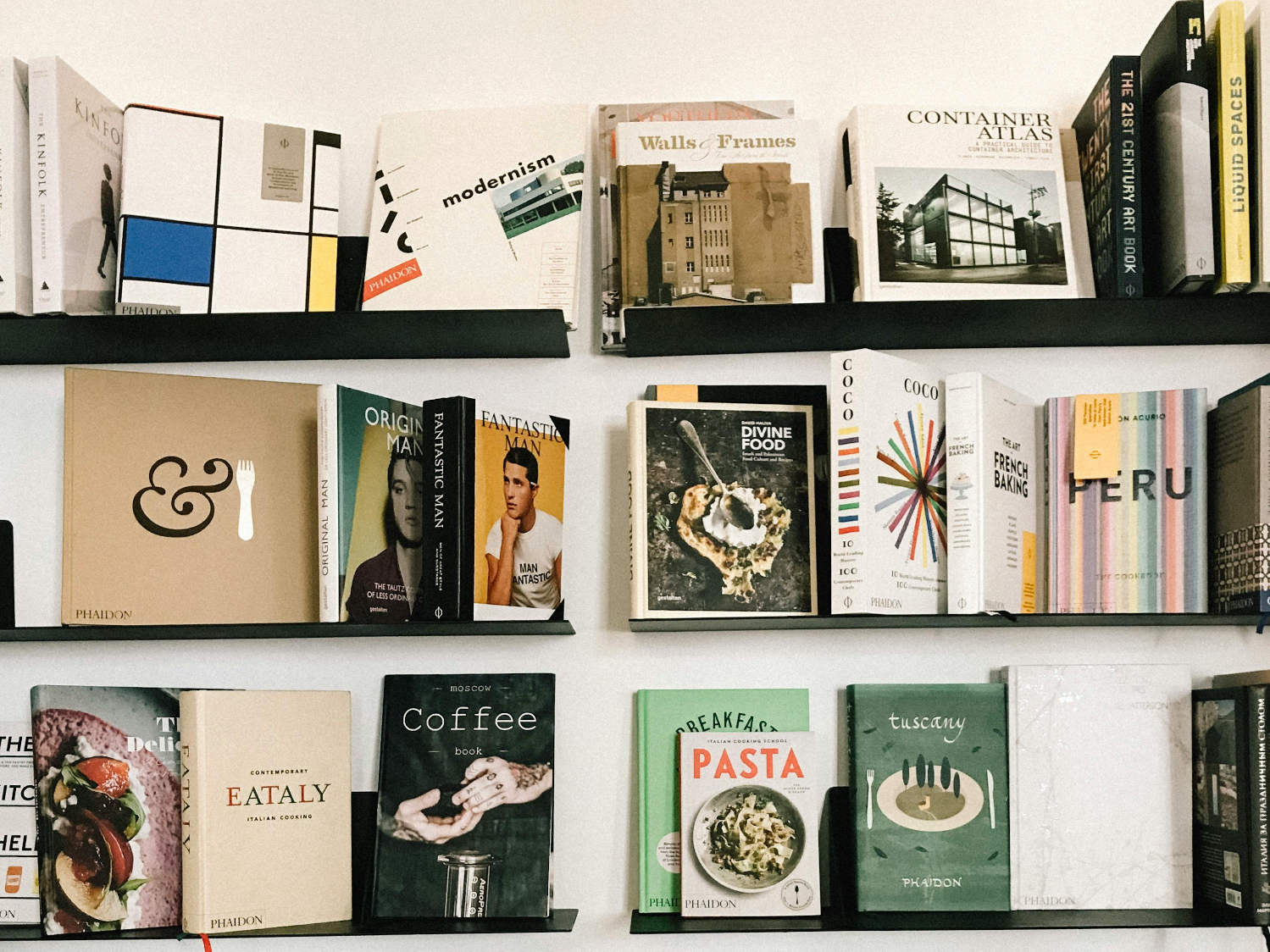
Cost Breakdown: Why Hardcover Books Are More Expensive
Hardcover books come with a higher price tag for several reasons, including premium materials, additional production steps, and enhanced durability. Let's break it down:
Premium Materials: Hardcover books require more expensive materials such as thick cover boards, specialty laminates, and optional dust jackets, while paperback books use thinner, more cost-effective materials.
Labor-Intensive Production: The process of creating a hardcover book involves more steps—such as laminating the cover, adding end sheets, and reinforcing the spine—compared to the straightforward production of paperbacks. Each additional step adds to both the time and cost of production.
Durability: Hardcover books are built to last, making them a long-term investment. Their rigid structure and reinforced spine allow them to endure repeated handling, while paperbacks are more likely to wear out over time, especially if used frequently.
Aesthetic and Presentation Value: Hardcover books provide a more premium feel and often include customizable features such as cloth covers, leather binding, or foil stamping. These features are not typically available for paperbacks, further contributing to the higher cost of hardcover books.
Customization Options: Hardcover books often come with additional customization options such as leather binding, embossed titles, or foil stamping. These features allow for more personalized and unique designs, which can elevate the book's appearance and perceived value, but they also increase production costs.
Conclusion
When comparing hardcover and paperback books, the differences in materials, production processes, and durability all contribute to the variation in cost. Hardcover books offer a premium, long-lasting option perfect for professional publications or keepsakes, while paperbacks provide a more affordable, lightweight alternative for casual reading. At Formax Printing, we specialize in printing hardcover books and offer a range of customization options to ensure your book is not only durable but also visually stunning. Whether you're looking for a sleek paperback or a high-end hardcover, we have the expertise and technology to bring your vision to life. Contact us today to explore your printing options and find the right fit for your project.
Take Care, Rick
